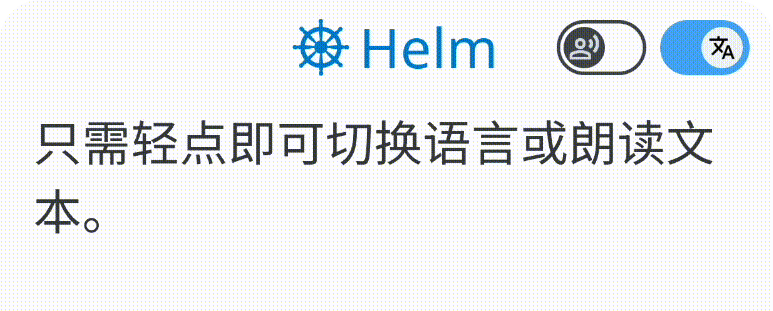用新鲜、真实的内容,自然地学习语言!

热门话题
按地区探索
 ISRO在Aditya-L1卫星上成功部署了磁力计吊杆,使其能够在印度首次太阳能任务中测量拉格朗日L-1点的低强度行星际磁场。
ISRO在Aditya-L1卫星上成功部署了磁力计吊杆,使其能够在印度首次太阳能任务中测量拉格朗日L-1点的低强度行星际磁场。
 印度空间研究组织(ISRO)已成功在Aditya-L1卫星上部署了磁力计吊杆,使其能够测量太空中的低强度行星际磁场。
印度空间研究组织(ISRO)已成功在Aditya-L1卫星上部署了磁力计吊杆,使其能够测量太空中的低强度行星际磁场。  自 2022 年 9 月 Aditya-L1 发射以来,这根 6 米长的吊杆一直处于收起状态,并于 1 月 11 日在拉格朗日点 L-1 部署。
自 2022 年 9 月 Aditya-L1 发射以来,这根 6 米长的吊杆一直处于收起状态,并于 1 月 11 日在拉格朗日点 L-1 部署。  吊杆携带两个最先进的高精度磁通门磁力计传感器,可测量距航天器主体 3 米和 6 米处的磁场,有助于消除航天器自身的磁场影响。
吊杆携带两个最先进的高精度磁通门磁力计传感器,可测量距航天器主体 3 米和 6 米处的磁场,有助于消除航天器自身的磁场影响。  Aditya-L1 任务是印度的第一个太阳任务,旨在了解太阳的色球和日冕动力学。
Aditya-L1 任务是印度的第一个太阳任务,旨在了解太阳的色球和日冕动力学。
10 文章
 ISRO successfully deployed the magnetometer boom on Aditya-L1 satellite, enabling it to measure low-intensity interplanetary magnetic field at Lagrange point L-1 for India's first solar mission.
ISRO successfully deployed the magnetometer boom on Aditya-L1 satellite, enabling it to measure low-intensity interplanetary magnetic field at Lagrange point L-1 for India's first solar mission.